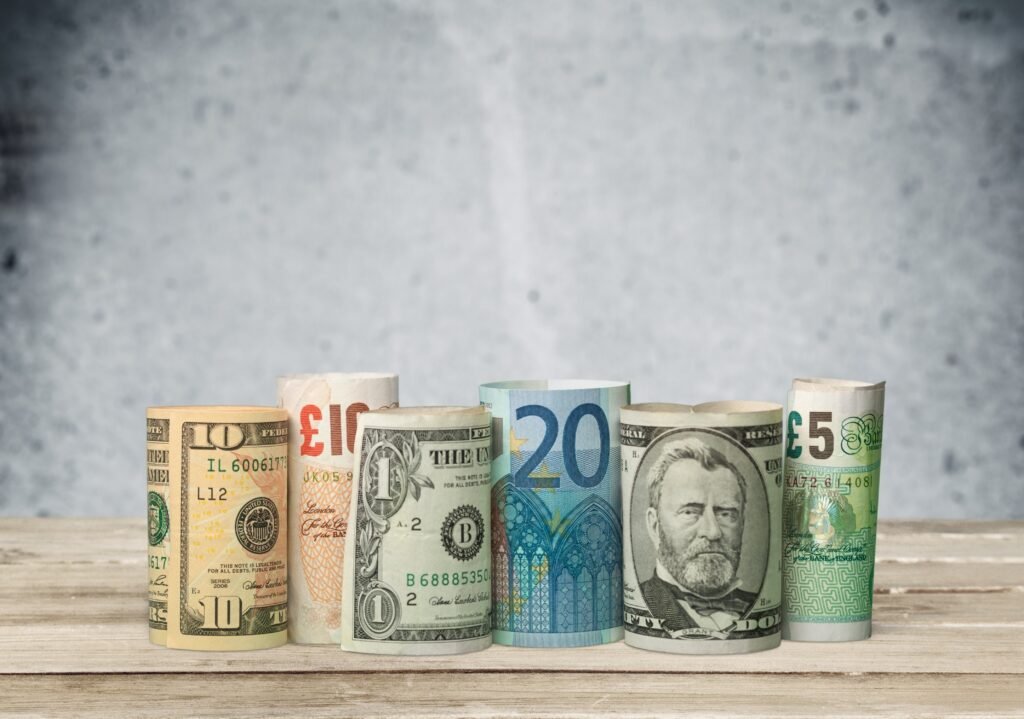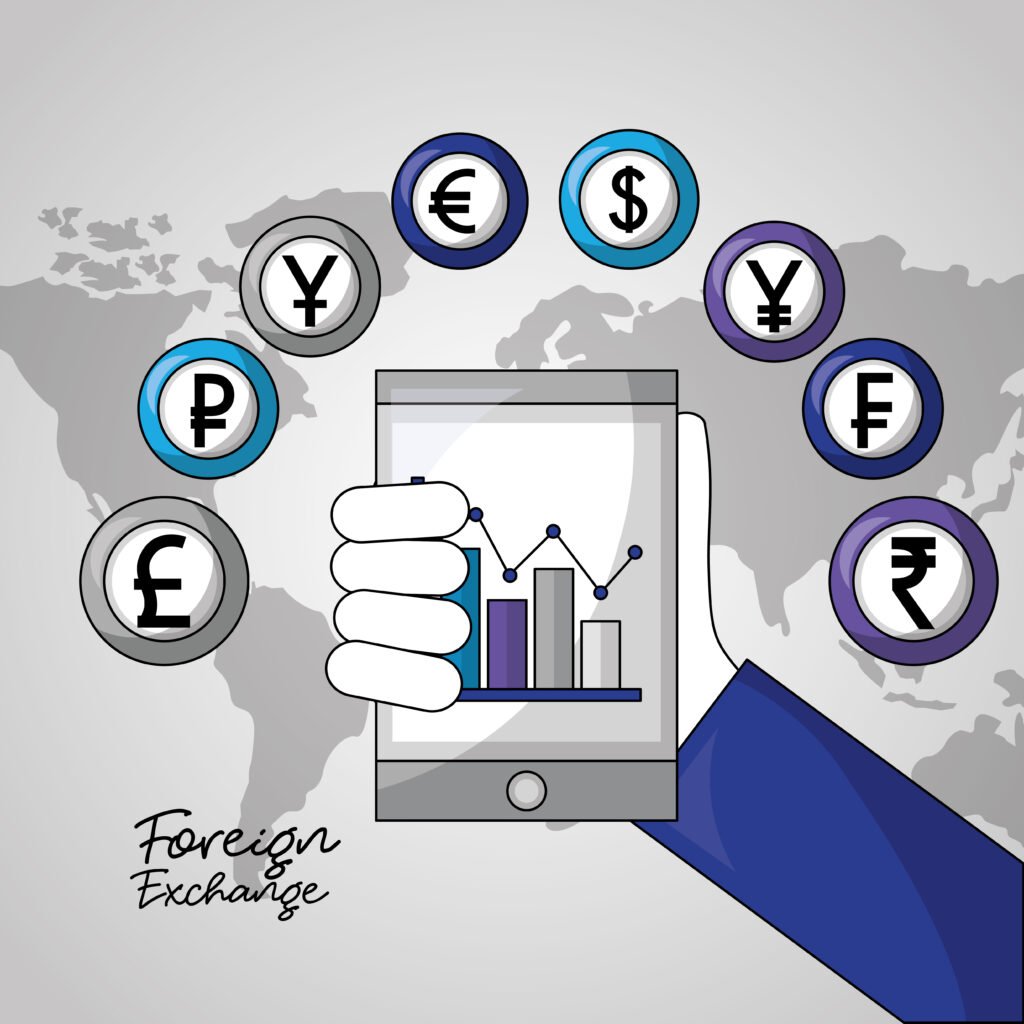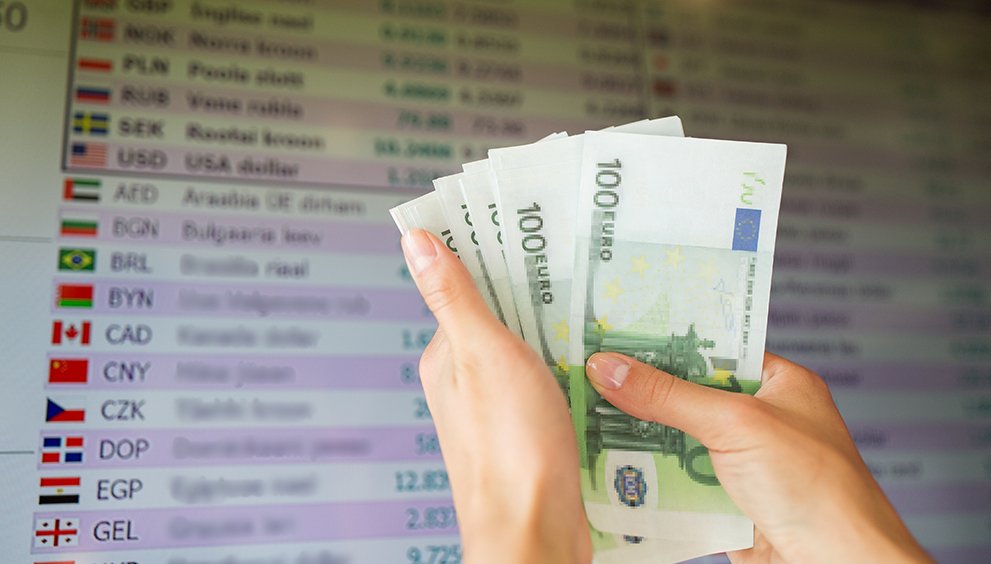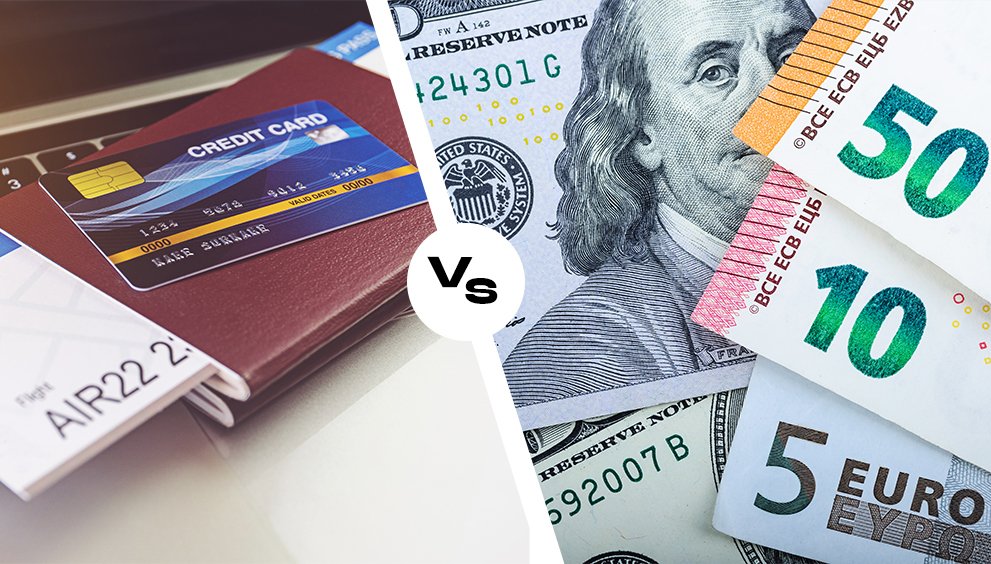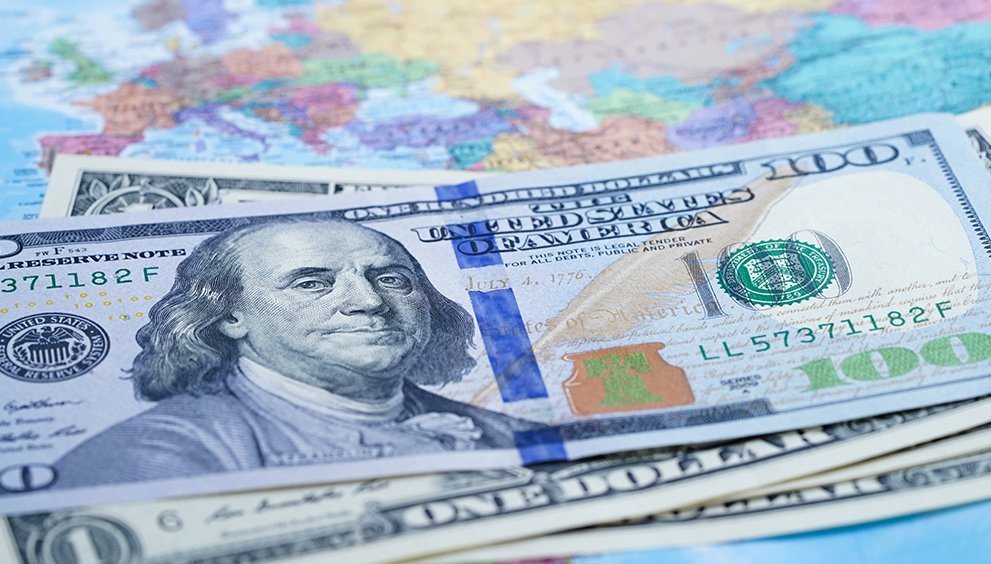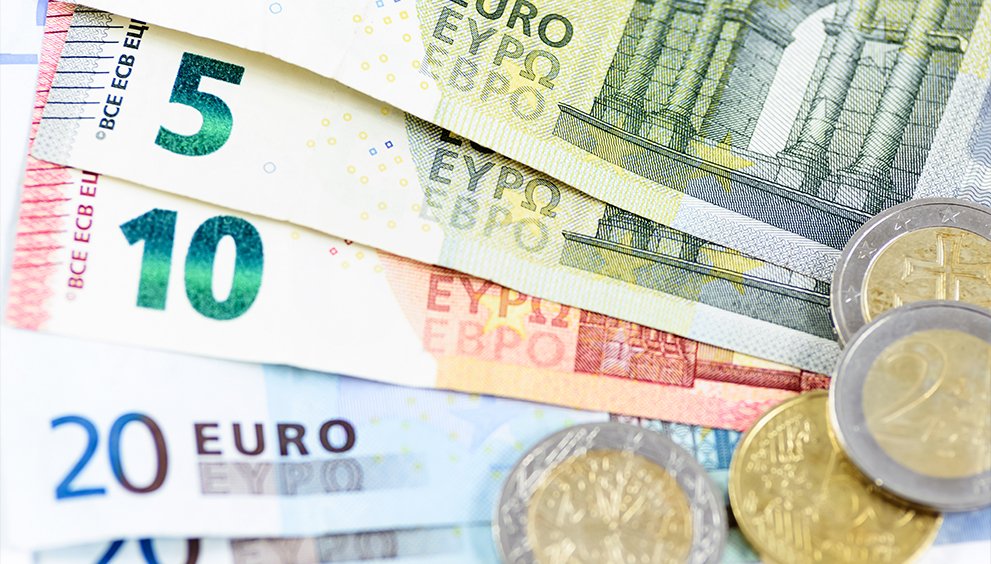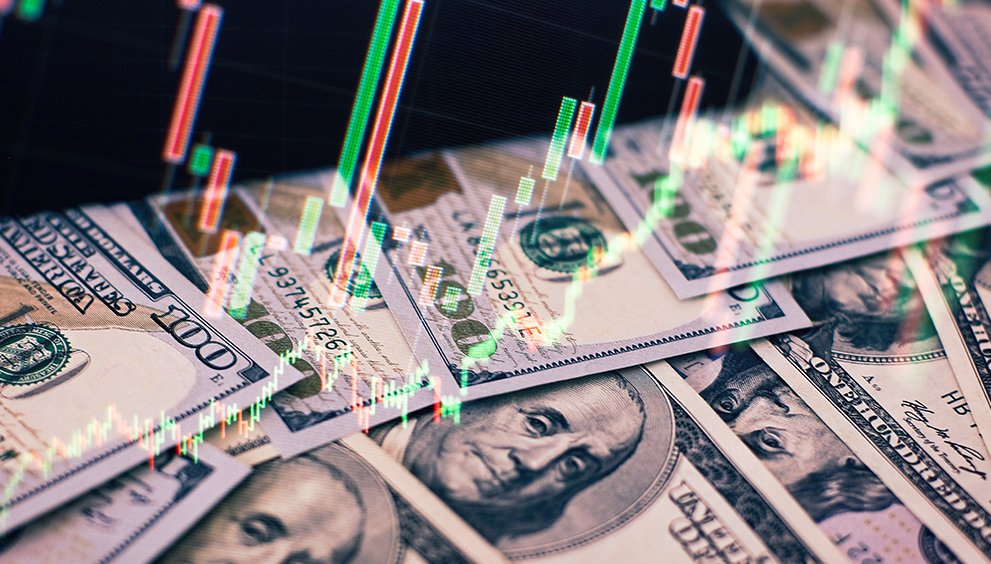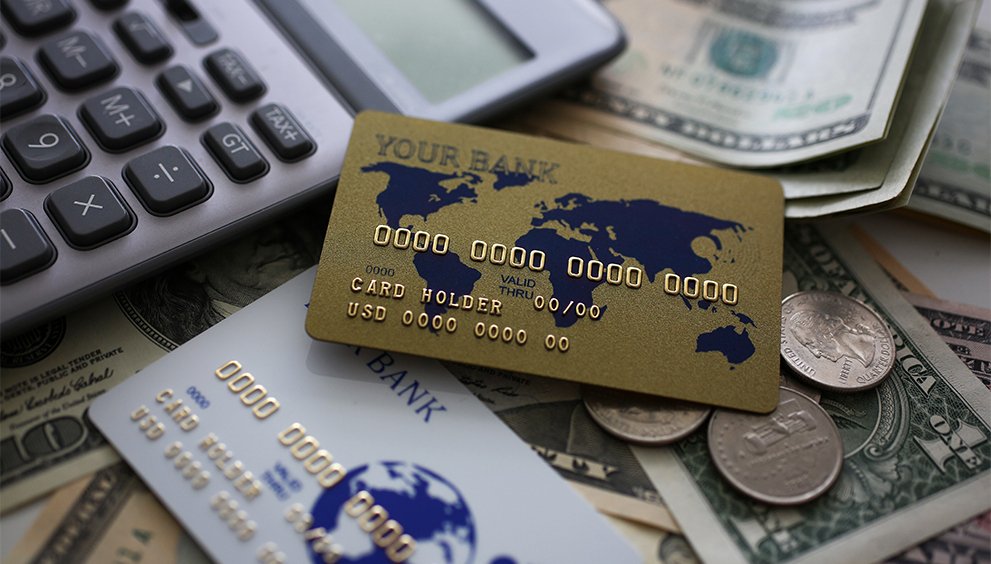Safe-Haven Currencies Explained: Why Investors Turn to USD, CHF, and JPY During Crises

Financial markets are inherently volatile, and during economic uncertainty, investors often seek stability by moving their capital into safe-haven assets. Safe-haven currencies tend to retain or even increase in value during periods of crisis, offering a secure store of value when other investments become risky.
The US Dollar (USD), Swiss Franc (CHF), and Japanese Yen (JPY) are among the most popular safe-haven currencies. These currencies attract investors during economic downturns, geopolitical instability, and financial crises due to their stability, liquidity, and the economic strength of the countries that issue them. In this article, we will explore why these currencies serve as safe havens, how they perform during financial turbulence, and the risks associated with relying on them for protection.
Understanding Safe-Haven Currencies
Safe-haven currencies are financial instruments that investors tend to gravitate towards during tumultuous periods characterised by market stress, financial instability, or geopolitical uncertainty. These currencies are typically known for their ability to maintain value in times of crisis, and they often appreciate significantly when global instability rises. This makes them an essential part of many investors’ portfolios, especially during uncertain times.
Key Characteristics of Safe-Haven Currencies
There are several crucial characteristics that define a currency as a safe haven:
- Economic Stability
Safe-haven currencies are generally issued by nations with robust and well-developed economies known for their resilience during economic downturns. These nations often boast low debt-to-GDP ratios, vibrant industrial and financial sectors, and a history of steady economic growth. Economic fundamentals contribute to investors’ perceptions of stability. - Political Security
The countries that issue safe-haven currencies are often characterised by stable political systems and long-standing traditions of democratic governance. They typically adhere to the rule of law and maintain strong institutional frameworks. This political stability reduces the susceptibility of these currencies to various political risks that can destabilise investor confidence in less stable markets. - Market Liquidity
For a currency to be considered a safe haven, it must also be widely available and actively traded on the global foreign exchange market. High levels of liquidity are essential; they ensure that investors can buy and sell substantial quantities of the currency without causing significant fluctuations in its price. This liquidity makes safe-haven currencies particularly attractive options during financial crises when rapid transactions are necessary. - Low Inflation and Strong Purchasing Power
Stable price levels are another essential attribute of a safe-haven currency. Low and controlled inflation is vital as it guarantees that the currency retains its purchasing power over time. This reliability makes it an appealing store of value, providing assurance to investors seeking to preserve their wealth during turbulent economic periods. - Trusted Central Bank Policies
Lastly, the countries issuing safe-haven currencies are usually governed by central banks that uphold sound monetary policies. Investors have faith in these central banks to manage inflation effectively, regulate financial institutions, and maintain market stability during adverse economic conditions. This trust is crucial as it reinforces the role of safe-haven currencies as reliable reserves.
Overall, understanding the characteristics and behaviours associated with safe-haven currencies is essential for investors looking to navigate market uncertainties effectively. By recognising these factors, individuals can make informed decisions that bolster their investments during unpredictable times.
Why Investors Seek Safe-Haven Currencies in Times of Crisis
During periods of market stress, risk appetite diminishes, and investors look for assets that offer security. Safe-haven currencies serve as a hedge against uncertainty for several reasons:
- Risk Aversion: When economic or political turmoil increases, investors pull their funds out of risky assets such as stocks, commodities, or emerging market currencies and move them into more stable alternatives such as the US Dollar, Swiss Franc, or Japanese Yen.
- Liquidity and Accessibility: Investors require safe-haven currencies to be highly liquid, meaning they can be quickly converted into cash or other assets without significant price fluctuations. The US Dollar, for example, is the most liquid currency in the world, making it an attractive safe-haven option.
- Wealth Preservation: During financial crises, inflation, or currency devaluation, investors seek safe-haven currencies to preserve their purchasing power. These currencies do not lose value rapidly and often appreciate as global uncertainty rises.
The Top Safe-Haven Currencies
The US Dollar (USD) – The Global Reserve Currency
The US Dollar is widely recognised as the world’s ultimate safe-haven currency, primarily attributable to its unparalleled dominance in global finance. It stands as the most extensively utilised currency in international trade and finance, comprising more than 60 percent of global foreign exchange reserves held by central banks across the globe. This immense influence underlines the trust and reliance placed on the Dollar by nations and investors alike.
Several pivotal factors contribute to the enduring status of the US Dollar as a safe-haven currency:
- Global Reserve Currency: The US Dollar serves as the primary currency for a multitude of international transactions, trade settlements, and central bank reserves. Its demand remains consistently high, providing a sense of security regardless of prevailing economic conditions.
- Deep and Liquid Financial Markets: The US Treasury market is recognised as the largest and most liquid bond market in the world. Throughout financial downturns, investors flock to US government securities, viewing US Treasury bonds as a safe bet, which inherently bolsters the currency’s value and stability during uncertain times.
- Economic and Military Strength: The United States boasts the world’s largest economy and maintains one of the most powerful military forces globally. This combination reinforces the Dollar’s position as a trusted global asset, solidifying its prominence in the financial landscape.
- Federal Reserve’s Role: The Federal Reserve, as the central bank of the US, has a reputation for effectively managing economic crises. Its actions and policies are designed to provide stability, making the Dollar a go-to asset during periods of economic distress, thus further enhancing its safe-haven appeal.
Historically, the US Dollar has demonstrated resilience and strength during various crises, including:
- The 2008 Global Financial Crisis: Investors gravitated toward the safety of US Treasury bonds, leading to a noticeable appreciation of the Dollar.
- The COVID-19 Pandemic: When global markets plummeted, the demand for the US Dollar surged dramatically.
- Geopolitical Tensions: Events such as the Russia-Ukraine conflict and ongoing US-China trade disputes have driven increased investor demand for US assets, again spotlighting the Dollar’s safe-haven status.
The Swiss Franc (CHF) – The Ultimate Stability Symbol
The Swiss Franc has earned a reputation as a top safe-haven currency, predominantly due to Switzerland’s robust financial sector, political neutrality, and economic resilience. This currency is viewed as a beacon of stability, particularly in tumultuous times.
Several characteristics lend to the Swiss Franc’s esteemed safe-haven status:
- Switzerland’s Political Neutrality: The nation is renowned for its political neutrality, consistently avoiding entanglement in global conflicts or wars. This neutrality cultivates an environment where investors feel secure and protected, solidifying Switzerland as a safe harbor for their financial assets.
- Strong Banking System: Switzerland hosts a collection of some of the world’s most secure and well-regulated banks, making it a magnet for capital, especially during uncertain times. The confidence in the Swiss banking system is pivotal to the Franc’s safe-haven appeal.
- Low Inflation and Stable Economy: Characterised by low inflation, a balanced budget, and high levels of economic productivity, the Swiss economy presents a reliable option for investors seeking stability.
- Swiss National Bank (SNB) Policies: The Swiss central bank plays an active role in managing the Franc’s value. By taking measures to prevent excessive appreciation, the SNB ensures that the country’s export-driven economy remains competitive.
Historically, the Swiss Franc has shown resilience during various crises, including:
- The 2011 Eurozone Debt Crisis: Investor concerns regarding the stability of the Euro led many to seek refuge in the Swiss Franc.
- The Russia- Ukraine Conflict in 2022: This situation increased market volatility, prompting a spike in demand for Swiss assets.
- Stock Market Downturns: Investors often shift capital into the Swiss Franc during downturns to safeguard their wealth.
The Japanese Yen (JPY) – The Carry Trade Reversal Effect
The Japanese Yen holds a unique position among safe-haven currencies, thanks to Japan’s persistent trade surplus and its pivotal role in carry trades. It serves as an attractive option for investors looking for stability during market volatility.
Several reasons underscore the Yen’s characterisation as a safe haven:
- Consistent Trade Surplus: Japan enjoys a steady trade surplus, exporting more than it imports. This consistent demand for the Yen from global markets reinforces its safe-haven status.
- Low Interest Rates and Carry Trades: Due to Japan’s low interest rates, investors often borrow in Yen and invest in assets that yield higher returns elsewhere. When market conditions become unfavourable, these investors tend to unwind their carry trades, leading to a surge in the value of the Yen as demand increases.
- Stable Economic Policies: The Bank of Japan is known for its predictable monetary policy, providing a sense of reliability that attracts investors during uncertain times.
The Japanese Yen typically appreciates in scenarios marked by global stock market sell-offs, trade disputes, and general financial instability, such as:
- The 2008 Financial Crisis: The unwinding of carry trades led to a strengthening of the Yen as investors sought refuge.
- The US-China Trade War (2018-2019): This period saw a rise in demand for the Yen as investors reacted to heightened uncertainties.
- Market Panic during the COVID-19 Pandemic: A significant demand shift occurred as investors gravitated towards the Yen for its perceived safety and reliability.
Risks and Limitations of Safe-Haven Currencies
While safe-haven currencies, such as the Swiss Franc and Japanese Yen, are often sought after during turbulent market conditions due to their perceived stability, it’s important to recognise the risks and limitations these currencies carry. Here are some of the key factors to consider:
- Central Bank Interventions:
The Swiss National Bank (SNB) and the Bank of Japan (BoJ) actively intervene in currency markets to mitigate excessive appreciation of their currencies. Such interventions are crucial because a strong currency can lead to adverse effects on the export sector, making goods and services more expensive for foreign buyers. As a result, this can significantly dampen the competitiveness of exporters, which may ultimately lead to slower economic growth. - Economic Consequences:
When safe-haven currencies strengthen, the purchasing power of these currencies increases relative to others. While this may initially seem advantageous for domestic consumers purchasing foreign goods, it often results in negative repercussions for exporters. A stronger currency can diminish the competitiveness of a country’s exports, as foreign buyers might turn to cheaper alternatives, potentially harming overall economic growth and employment in export-driven industries. - Market Sentiment Shifts:
Traditionally, safe-haven currencies exhibit a tendency to appreciate during periods of market distress. However, there are instances where investor sentiment may shift, resulting in a preference for alternative assets. Factors such as geopolitical events, interest rate changes, or even broader economic developments can influence this sentiment, leading investors to favour assets like gold, government bonds, or equities instead. This unpredictability can affect the value of safe-haven currencies, leading to unexpected volatility.
In conclusion, while safe-haven currencies can provide a degree of protection in volatile markets, investors must be aware of their inherent risks and limitations. Understanding the complexities and factors influencing these currencies can aid in making informed investment decisions.
Conclusion
Safe-haven currencies such as the US Dollar, Swiss Franc, and Japanese Yen play a crucial role in global finance. They provide stability, liquidity, and protection against market turbulence, making them attractive investment options during crises. However, investors should use them as part of a diversified portfolio and monitor central bank policies to manage risks effectively. Understanding the dynamics of these currencies can help investors navigate economic uncertainty with greater confidence.


 English
English 










